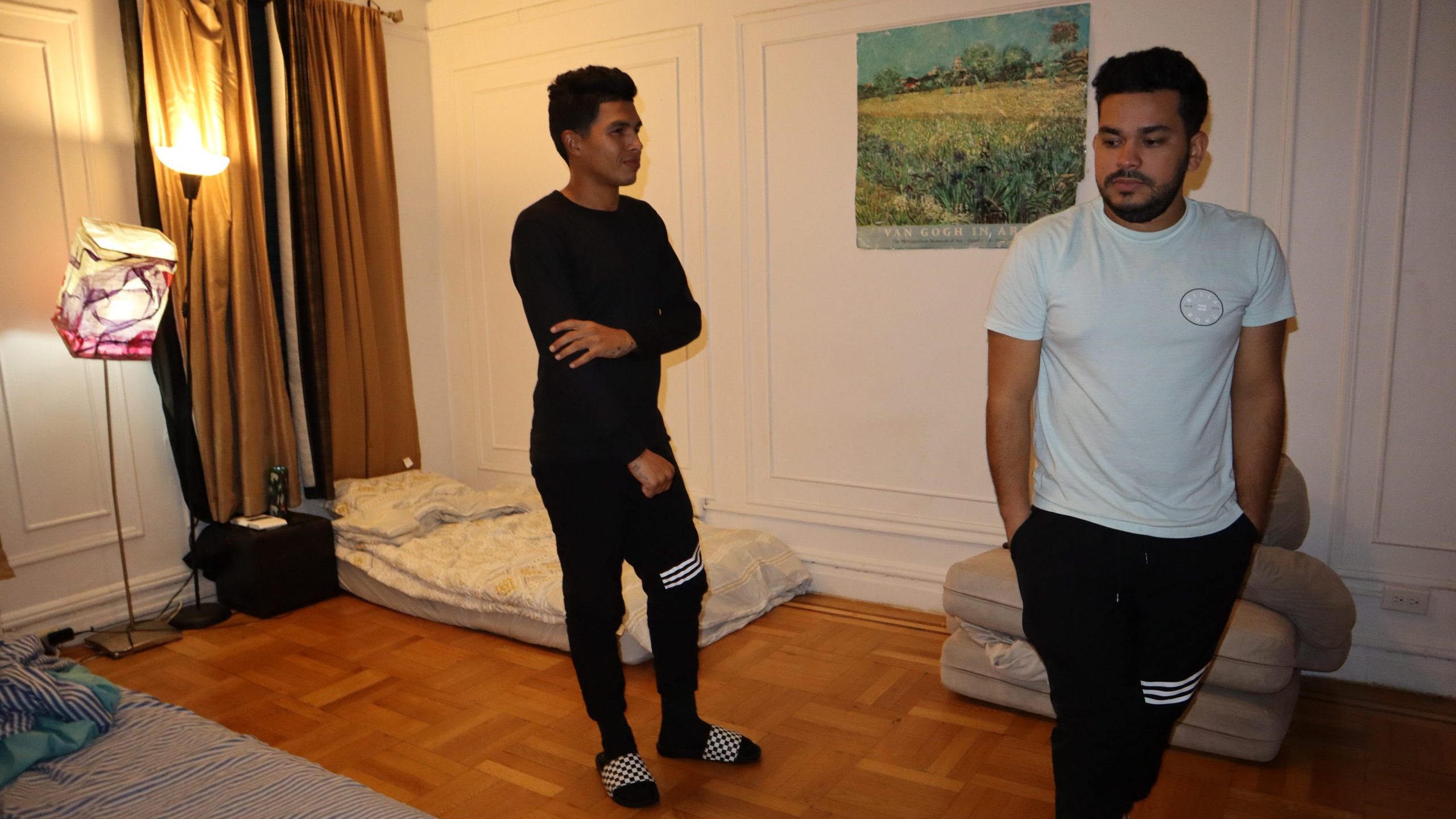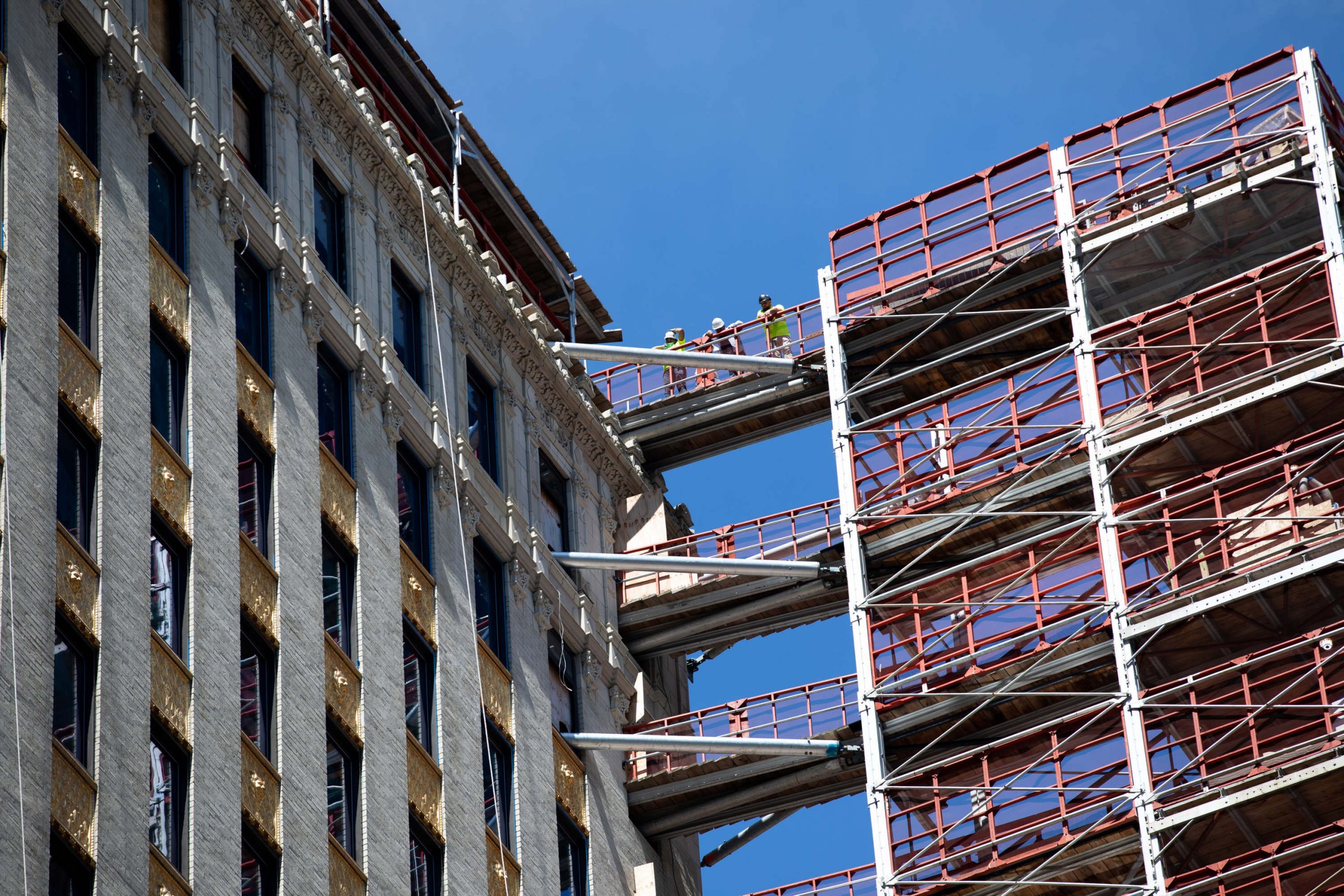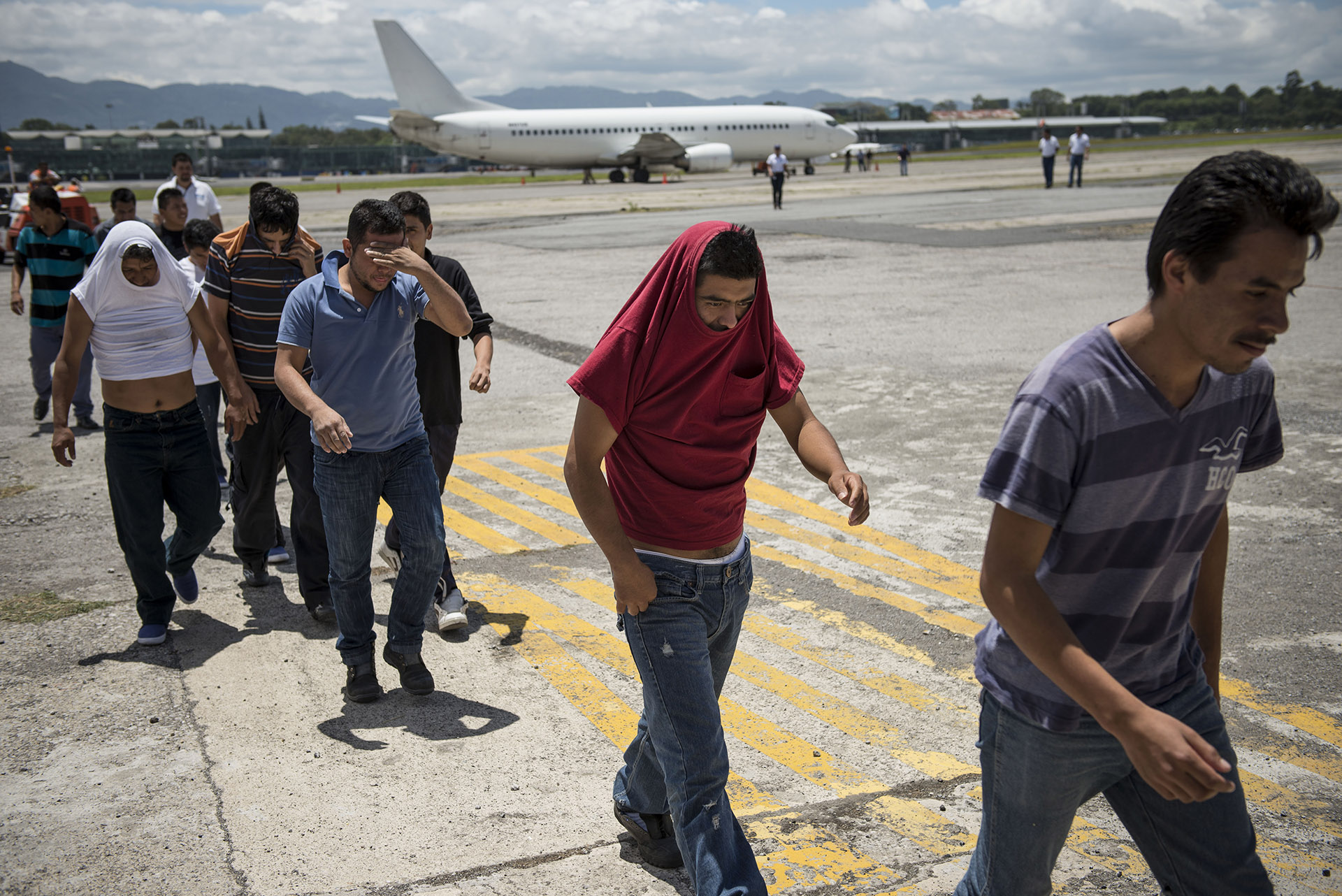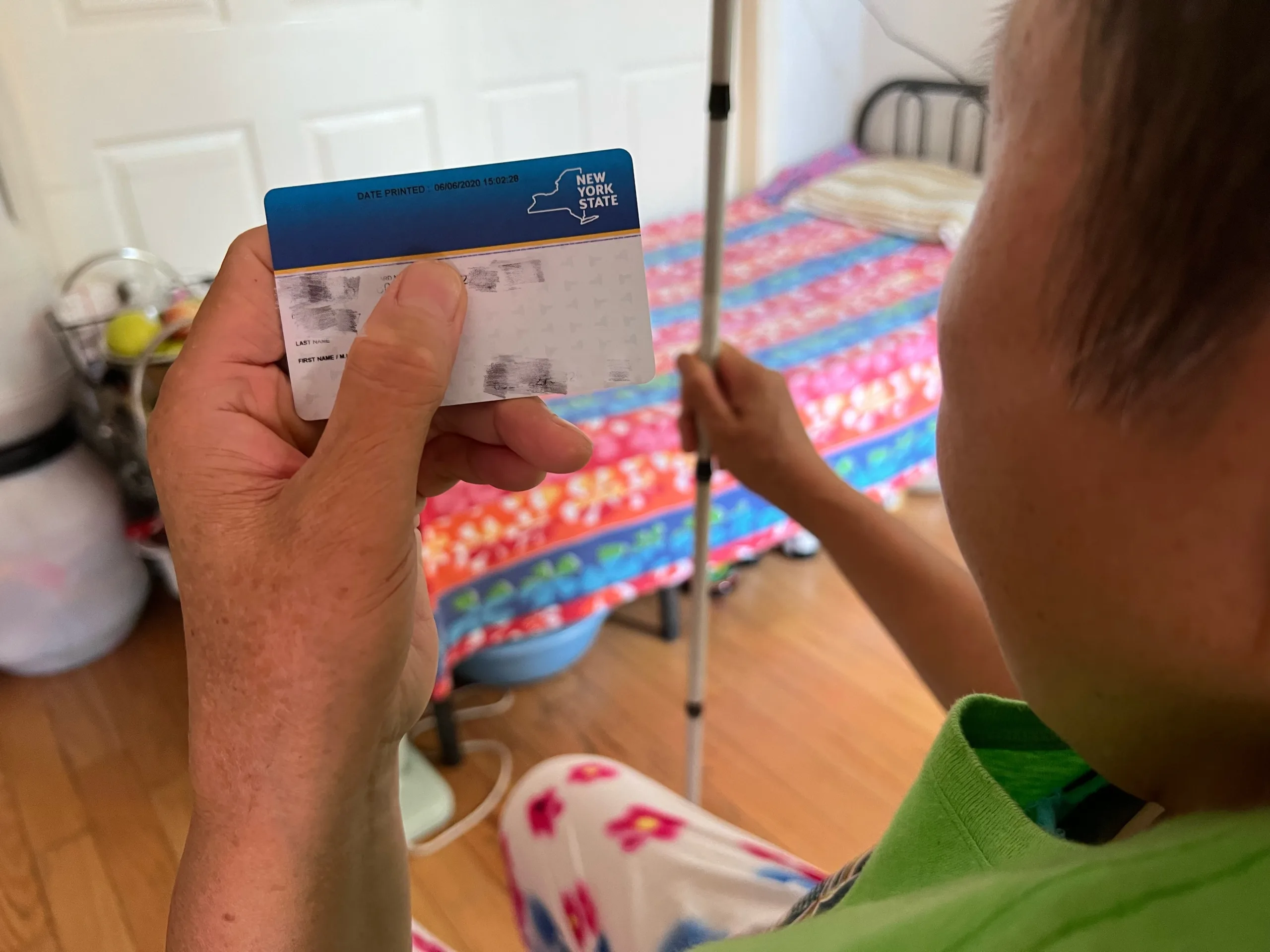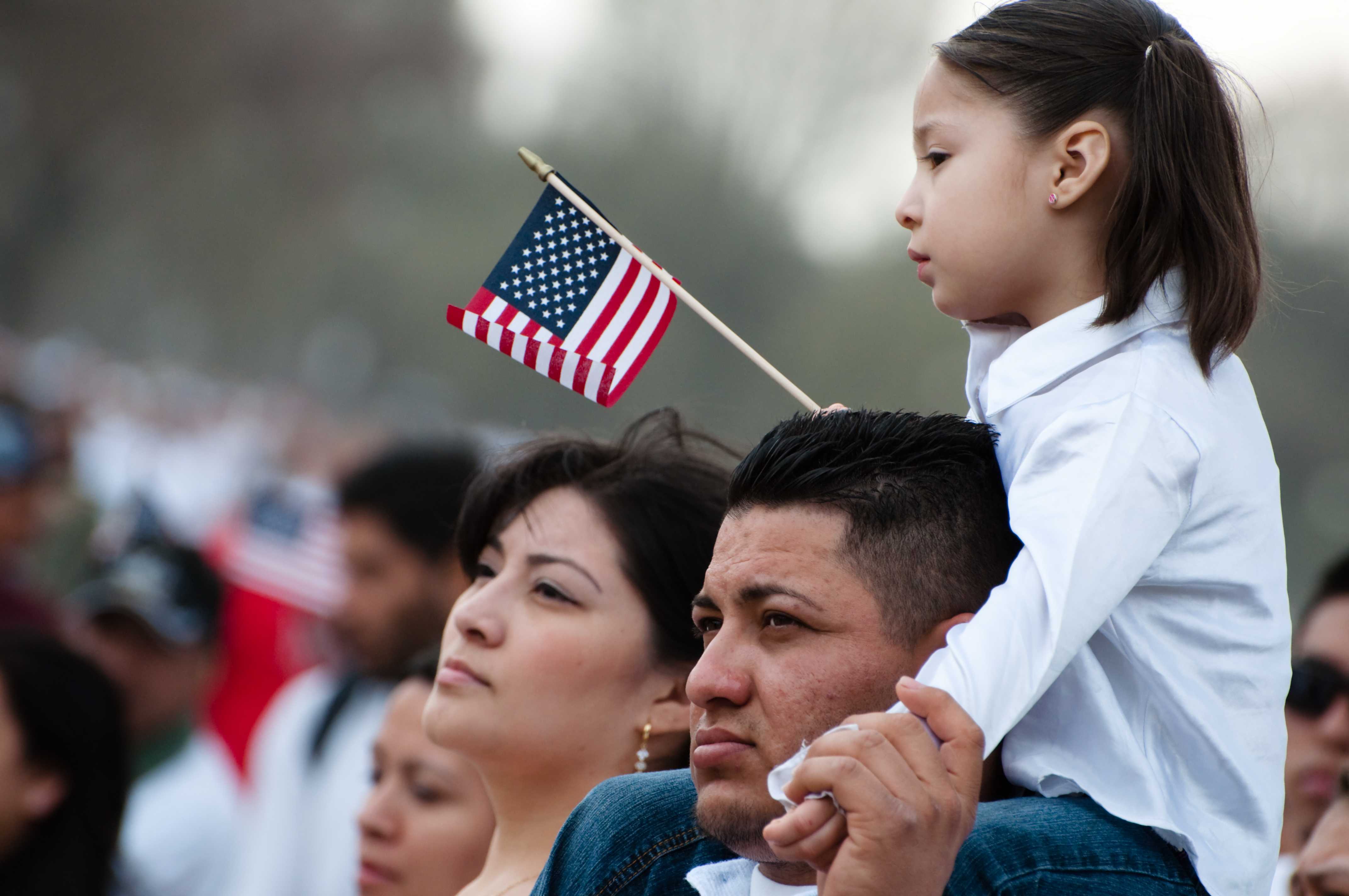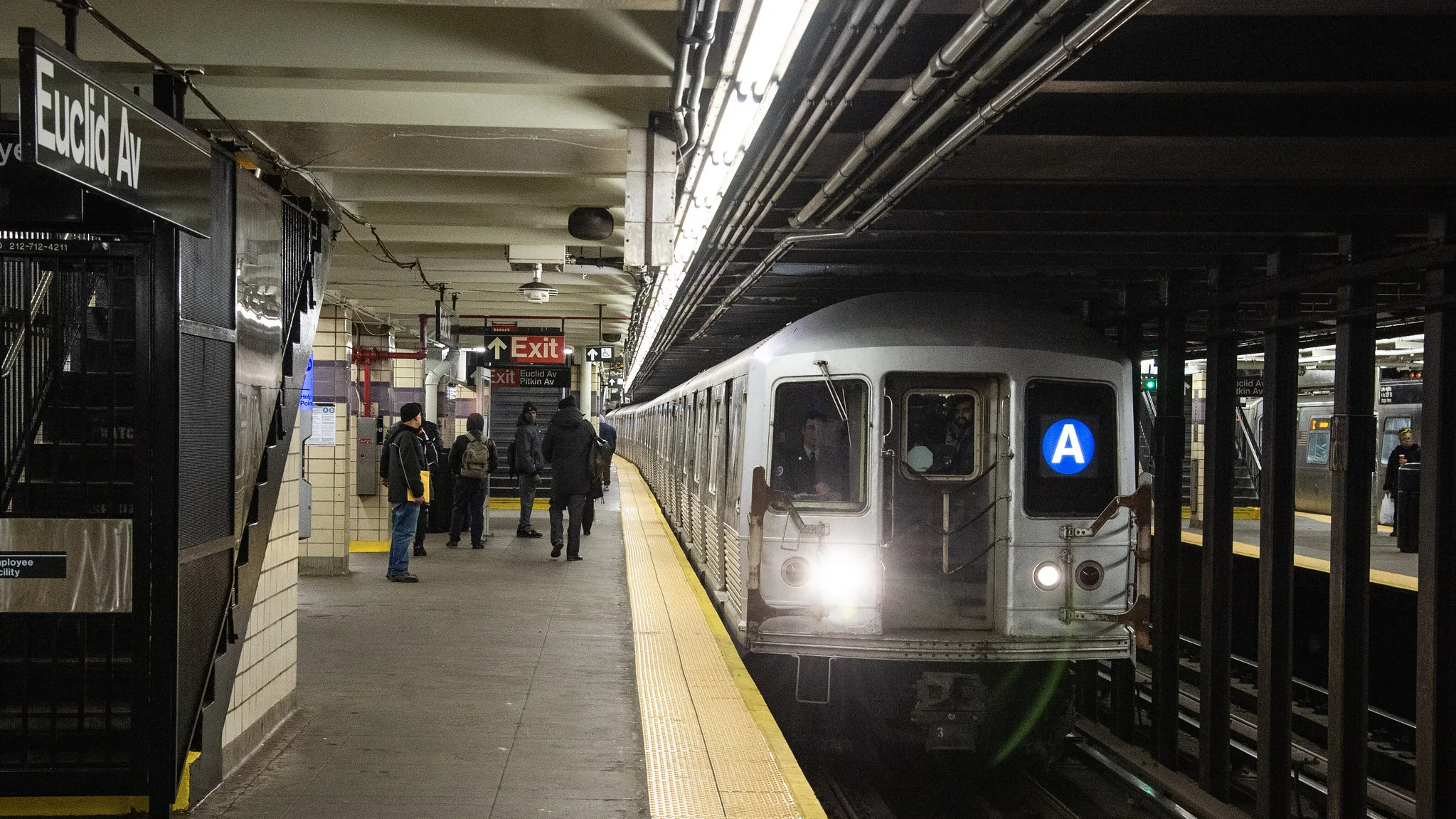Since the moment he arrived at a New York City shelter in August, Eyendry Moises Montero Blandin had been requesting a smaller, more private and accessible facility due to his disability. He has a colostomy which requires him to use a pouch, a specific diet, and extra medical care, he said. Montero Blandin, 27, says he was told by staff to stop complaining. He was shuffled around various shelters and eventually assigned to a Coney Island facility – which was a four hour round trip from his work in the Bronx. So with the help of a mutual aid group, he left the NYC shelter system.
“In the shelter, it’s like you’re constantly living under threat,” Montero Blandin said in a recent interview. “If you do something, or you give an opinion, they want to kick you out. They tell you they don’t want you there.”
In interviews across New York City, migrants describe a violent and chaotic atmosphere in the facilities that they feel they have to flee. Some said they had been shuffled through as many as four shelters in a month. Others said they witnessed fist fights and drug use inside city-run shelters, and tried to stay as quiet and make themselves as small as possible to avert confrontation.
Asylum seekers fleeing the City’s shelter system have been relying on faith groups and mutual aid organizations to help them find safe and comfortable housing. Unlike many previous communities coming to the City, this group of asylum seekers largely lacks relatives to stay with, and is facing delays in receiving work authorization while their cases go through the immigration court system. So many are forced to rely on city services and charity in order to secure their footing — a precarious way to survive in an expensive city where the weather is now turning cold. But the shelter system has faced unexpected challenges; unprepared to handle the arrival of thousands of asylum seekers to the City.
Montero Blandin and a group of Venezuelan men, some of whom met along the journey to the U.S., felt a sense of tranquility when they moved into their small first-floor Bronx apartment about a month ago, which a priest helped them find. The group of five shared two bedrooms and one bathroom. Two slept on a pull-out couch, two on a mattress salvaged from the street and placed on the floor, and one on another single mattress. Their kitchen was largely empty of food.
But they were happier there, and felt safer, than they ever had in the NYC shelter system.
“We feel more at peace, more calm here,” said Montero Blandin, who arrived in New York about two months ago, and had been living in this apartment in the Allerton neighborhood. “It [the shelter system] was like a jail.”
Also Read: Migrants are Wrestling With the Complex Shelter System in NYC
On Friday, Mayor Eric Adams declared a State of Emergency in response to the number of asylum seekers entering the City and the shelter system, appealing for state and federal funding to assist with housing costs, asking for expedited work permits, and a national resettlement strategy, among other requests.
More than 17,000 asylum seekers who have arrived in New York City from the Southern border in the past several months have entered the City’s shelter system, according to City officials, and the City has opened 42 Department of Homeless Services Shelters due to asylum seekers coming into the city.
“We have received some of the help we have asked for, but we need more. We are at the edge of the precipice. We need serious partnership and realistic solutions,” Mayor Adams said on Friday. “As I have said before, we need help. And we need it now.”
The City has also begun construction on its “Humanitarian Emergency Response and Relief Center,” which will now be situated on Randall’s Island, and is slated to provide temporary food, shelter, medical care and other services to about 500 asylum seekers while individuals figure out their next steps in the city. But City Council members and immigration advocates have implored the Mayor to stop the plan to erect large tents to house hundreds of people, and instead to focus on longer-term housing alternatives.
A Department of Social Services spokesperson said in a statement that there are more than 14,000 recently arrived asylum seekers currently in the shelter system. “DSS-DHS and our not-for-profit provider-partner staff are trained to lead with care and compassion at all times and maintain open lines of communication with clients to ensure that we are addressing any concerns as they arise,” the spokesperson said.
When a fight broke out recently in a Williamsburg shelter, it was a church in Woodside, Queens, that provided some of the migrants with a place of respite. On Sundays, dozens of asylum seekers show up to Saint Peter’s Lutheran Church in Manhattan to ask for clothes, food, legal help and any other assistance some said they could not find through the shelter system.
In Brooklyn, the Bay Ridge Sanctuary Project run by advocates from a church in Bay Ridge offers meals, worker-safety training, case management services and even a limited space to sleep for those who need it.
On a recent Wednesday, about two dozen migrants gathered at the church in Bay Ridge. In the pews of the church, one long pillow, with a toothbrush laid beside it, marked the spot where someone would sleep that night.
The Bay Ridge Sanctuary Project receives hundreds of phone calls daily from people seeking aid, said Fabiola Mendieta-Cuapio, an advocate with the group. About 35 to 50 people come in every day to receive different kinds of help at the church, she said.
Also Read: Department of Homeless Services Officer Is Suspended After Striking Migrant at NYC Shelter
“They’re telling us how inhumane the circumstances are inside the shelter system,” Mendieta-Cuapio said of recently arrived asylum seekers. “Now, people knock on the door in the middle of night…It was overwhelming for the last couple of weeks.”
But the church only has capacity for up to 12 people to spend the night for a few evenings at the most, Mendieta-Cuapio said. The inability to take in more people pains her and other advocates. “We’ve been trying to talk to our community–’hey do you have space, hey do you have a room for a little bit,’” Mendieta-Cuapio said.
One man from Venezuela, who asked not to be identified by his name, said he had slept at the church for about five days, after being told in the evening that there was no space at the 30th St. Men’s shelter in Manhattan.
The man, who has been in New York for about two months, still comes to the church for food and other support. But for now, the church had no more space, so he went back to a city facility, where he shares a room with about 30 people. “The truth is, you feel safer [in the church] than in a shelter,” he said.
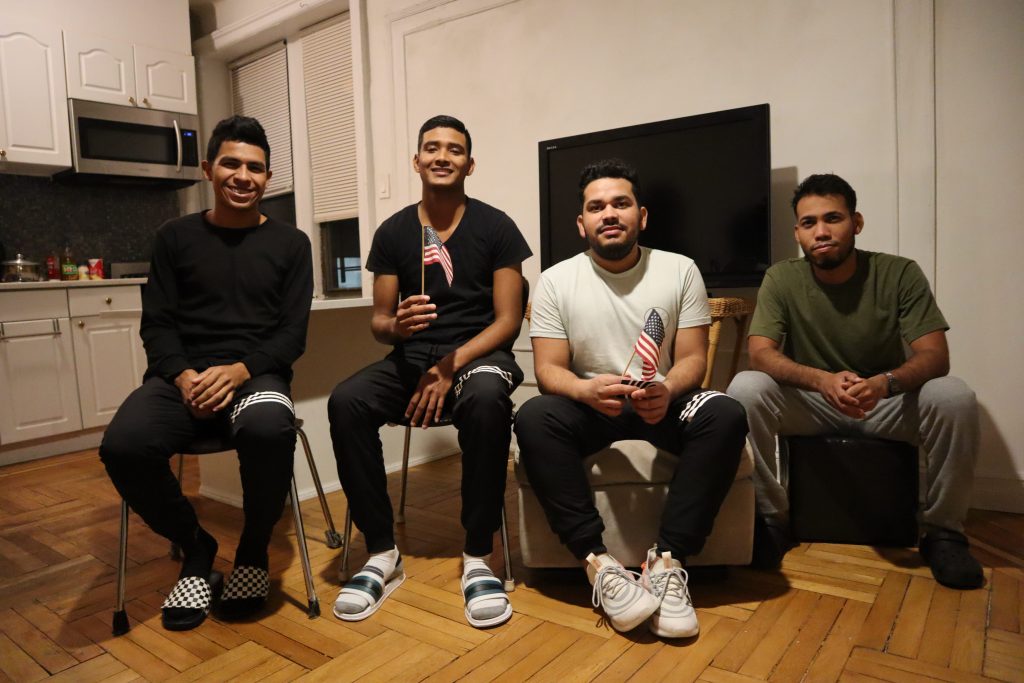
State Senator Andrew Gounardes, who represents New York’s 22nd State Senate District, which includes Bay Ridge, was at the church on a recent afternoon meeting with advocates. In a subsequent interview, Gounardes emphasized the need for increased government support for groups who are helping asylum seekers to create a more long-term sustainable plan.
Also Read: New Immigrants in NYC: Where To Find Shelter, Legal Help, Food and More
“These very same networks–which were already at a stretching point and a breaking point from their pandemic response–were now answering the call. And they need help,” he said. “What these groups really need, is they need material support in terms of funding, they need the ability to access large amounts of food, they need the ability to help pay for basic needs.”
Adriana Betancourt, who works with the food pantry La Jornada, was sorting food outside of a Woodside, Queens Church on a recent Monday. Like other advocates, Betancourt said she is constantly getting requests for help from people staying at shelters.
“I have even had people stay at my home,” Betancourt said in Spanish. “One time, I welcomed a family who was just staying on the street…you can’t see a child on the street, and let a baby sleep on the street.”
At Saint Peter’s Church in Manhattan, more than 100 migrants attended a Sunday service, which turned into a resource fair. Children scattered across the floor, playing with toy cars and trucks while their parents picked up donated clothes, phones, asked about work opportunities, and looked for assistance with their immigration cases. Rev. Fabian Arias, who helped the men in the Bronx apartment find work, housing and other services – along with a team – have been organizing these events and fielding requests from hundreds of people seeking help.
They have also been searching for any kind of alternative housing from city run facilities for asylum seekers. “The conditions of the shelters are pretty precarious,” he said in Spanish. “There are many families that we’ve been able to place elsewhere.”
Also Read: How To Access Emergency Shelter in NYC
For Zaid Vallona, 27, it was his fellow Venezuelans and Rev. Arias who spared him from having to sleep outside, he said. Vallona also lives in the Bronx apartment, and said that when he was initially directed to a shelter that other Venezuelans told him to avoid because it was unsafe. Instead, he opted to ask for shelter at the Bedford-Atlantic Armory shelter in Crown Heights, where his friend was staying, so that at least he wouldn’t be alone. But when he got there, he was rejected – and his friend, Dervis Sánchez Acosta, who now lives in the Bronx apartment with him, had to sneak him inside.
“I told them [staff] that I didn’t have anywhere to sleep, and they told me that it wasn’t their problem,” Vallona said.
The next day, Vallona was connected with Rev. Arias, who found him a place to sleep.
The group of friends, including Vallona, Sánchez Acosta and Montero Blandin, are grappling with the memories of their trans-continental trek. Montero Blandin remembers the smell of dead bodies as he trekked for days across the Darién Gap. Food was scarce — and sometimes he wasn’t sure if he was eating chicken or vulture meat, he said.
Montero Blandin, who had worked on and off washing cars in New York, was sending all the money he was earning back to his wife, two children, and a step-child, ages 3, 4 and 15, at home in Venezuela. Still, work in New York had been unreliable, so it wasn’t much.
At 5 a.m. Montero Blandin boarded a vehicle for a roughly 24 hour journey to Fort Myers, Florida. His work prospects had become even bleaker in the City, so when he saw an opportunity to make some cash doing storm cleanup from Hurricane Ian, he jumped at it. He was happy to finally find some stable work, even if it was far away — but left with the hopes of soon returning to the City.
“I didn’t want to leave New York,” he said in a WhatsApp message while on the route to Florida. “The difference is that we are receiving money for this–which is what we need for our families.”
Also Read: A Family Separated by Borders Reels From a Tragedy at a NYC Shelter
